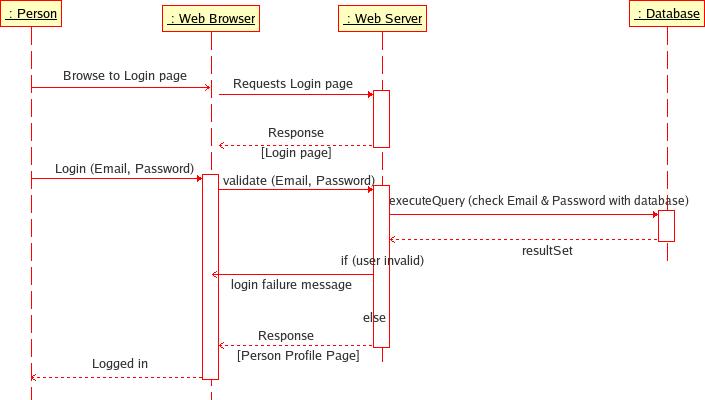

- #VISUAL PARADIGM UML TUTORIAL HOW TO#
- #VISUAL PARADIGM UML TUTORIAL LICENSE#
- #VISUAL PARADIGM UML TUTORIAL SERIES#
#VISUAL PARADIGM UML TUTORIAL LICENSE#
After reading the license agreement, select I accept the agreement option, and then click Next.Ĥ. Click Next to jump to the License Agreement page.ģ. Next, it will involve UML modeling, enterprise architecture, business modeling, etc.
#VISUAL PARADIGM UML TUTORIAL HOW TO#
This article mainly explains how to install it.
#VISUAL PARADIGM UML TUTORIAL SERIES#
In order to help users of Visual Paradigm for UML get started quickly, the editor of Huidu has compiled a series of tutorials for using the UML modeling tool VP-UML.
After selected, an extra slash will be shown on the left edge of the use case.Visual Paradigm for UML (VP-UML) provides developers with the most convenient and intuitive UML modeling function. Right click on a use case and select Model Element Properties > Business Model from the pop-up menu. To show an ordinary use case as business use case: The uml diagram tool also supports the representation of business actor and use case. You can organize use cases with package when there are many of them on the diagram.ĭrag the mouse to create a package surrounding those use cases. Finally, name the newly created use case. A new use case together with an include relationship is created. Then, release the mouse button at the preferred place and select Include -> Use Case from Resource Catalog. To create an include relationship, move the mouse over a use case, press and drag out its Resource Catalog button. After you name the newly created use case, you can name the extension point. The use case with extension points and a newly created use case are connected. Then, release the mouse button at the preferred place and select Extend -> Use Case from Resource Catalog. To create an extend relationship, move the mouse over a use case, press and drag out its Resource Catalog button. Note: Alternatively, you can press Alt + Enter to force a new line. As a result, the name of use case will be line-wrapped automatically. If a use case is too wide, you may resize it by dragging the filled selectors for a better outlook. The source shape and the newly created use case are connected. Select Association -> Use Case from Resource Catalog. Release the mouse button until it reaches your preferred place. Press on the Resource Catalog button and drag it out. Move the mouse over a source shape (e.g. Finally, name the newly created actor when it is created.īesides creating a use case through diagram toolbar, you can also create it through Resource Catalog: To draw an actor in use case diagram, select Actor on the diagram toolbar and then click it on the diagram pane. Finally, name the newly created system when it is created. To create a system in use case diagram, select System on the diagram toolbar and then click it on the diagram pane. 
The Location field enables you to select a model to store the diagram. Enter the diagram name and description.In the New Diagram window, select Use Case Diagram.

Select Diagram > New from the application toolbar. Perform the steps below to create a UML use case diagram in Visual Paradigm. In this page, you will see how to draw use case diagram with the UML tool. You can draw use case diagrams in Visual Paradigm as well as to document the use case scenario of use cases using the flow-of-events editor. goals) as well as the actors that interact with those functions. Use case diagram is a kind of UML diagram that enables you to model system functions (i.e. Managing requirements with Requirement List. How to draw a Interaction Overview Diagram in UML. How to draw a Composite Structure Diagram in UML. How to draw a Deployment Diagram in UML. Splitting a control flow in Activity Diagram. How to draw a State Machine Diagram in UML. How to draw a Communication Diagram in UML.







 0 kommentar(er)
0 kommentar(er)
